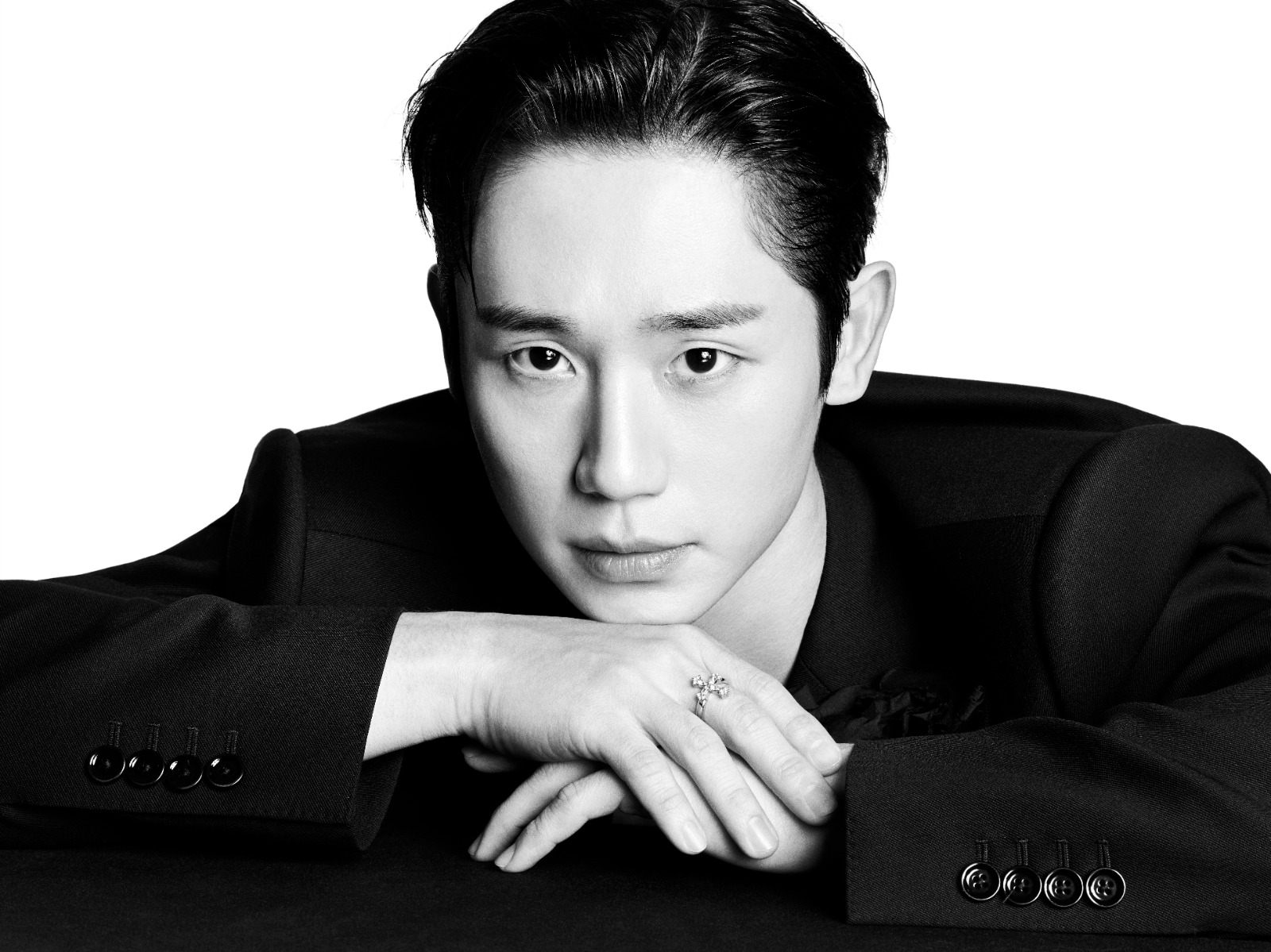#review: Is The Queen of Villains on Netflix a stream or a skip?
Oct 10, 2024
David Ho reviews Netflix's latest series - The Queen of Villains
Pro wrestling has been in the spotlight a lot of late. The storm of controversy surrounding troubled World Wrestling Entertainment (WWE) impresario Vince McMahon and the Mr. McMahon documentary on his rise and fall have given onlookers plenty to chew on.
But Netflix’s latest series The Queen of Villains highlights another side to global wrestling history. The semi-autobiographical series is set in 1980s Japan and follows the coming-of-age of Kaoru Matsumoto, best known as Dump Matsumoto, one of the leading female wrestlers in All Japan Women's Pro-Wrestling.

Matsumoto is played by Yuriyan Retriever, who audiences might recognize from her turn as Ariana Grande in comedian Naomi Watanabe's brilliantly bonkers “Rain on Me” parody or her wacky America’s Got Talent 2019 audition. Over the course of five episodes, Retriever does an excellent job charting Matsumoto’s emotional change from timid and abused daughter to one of the most violent heels (wrestling term for one who plays an antagonist role in the ring).
The two years Retriever purportedly spent training to achieve a wrestler’s physique and embody her role seems to have paid off. It’s not hard to root for or feel frustrated on behalf of her Matsumoto, whether she is stuck in her difficult family life, a struggling wrestler, or coming into her own as a bloodthirsty #legend in the ring.

“Yuriyan’s powerful performance is incredible. Some parts will make you cry, and I hope viewers will watch The Queen of Villains and feel inspired to believe that their dreams can come true if they never quit or give up,” says the real-life Dump Matsumoto, who served as a pro-wrestling supervisor on the show.

The Queen of Villains naturally draws comparisons to the excellent Glow series, which is also focused on the 1980s syndicated women's professional wrestling circuit. Sadly, the comedy-drama series saw its fourth and final season cancelled by Netflix during COVID-related shutdowns so we will never find out the final fate of the Gorgeous Ladies of Wrestling. But fortunately, The Queen of Villains gets to conclude its tales given its fairly compressed storytelling time.

Despite Retriever’s standout performance, the series is at its best when it focuses on the harsh industry of women’s professional wrestling, at a time when it was (and probably still is) run by patriarchal management and its female stars strove to be heard. We see how quickly stardom flits from one wrestler to another and across generations, based on the whims of the suits running the show. The most compelling of course, are the cast of wrestlers that Matsumoto comes up with.
From the batch, Chigusa Nagayo (played by Erika Karata) and Lioness Asuka (Ayame Goriki) emerge as the stars of their generation by becoming the wrestling tag team known as the Crush Gals. In real life, the pair’s popularity in Japan in the mid-1980s have been compared to that of Hulk Hogan in the United States in the same period.
Also see: #review: Is Blink Twice worth the watch?

SPOILER ALERT
It speaks favourably of the show’s writing that it grants the actresses room to breathe complexity into the Crush Gals, who could have easily been one dimensional side characters in favour of purely pushing Matsumoto’s story. Nagayo starts out as an unlikely contender with her personal demons until her boundary pushing and natural charisma in the ring makes her a star who becomes too caught up in the entertainment side of the hustle. Her partner Lioness Asuka eagerly goes along for the ride until her desire to put wrestling first places her in conflict with her partner.

Meanwhile, Matsumoto has been pushed to the brink of despair by her family and her fate in the wrestling circuit. While her 180 transformation gets a bit too sudden and melodramatic at one point for our liking, Retriever embodies the polar opposites of Matsumoto’s personalities with aplomb. As personal grudges build up and the reality sinks in that “ugly bitches” like Matsumoto and her cohort may not get their dues, she goes all out both in and out of the ring.
From the embers of the Crush Gals’ popularity, the now intimidating Matsumoto and her Extreme Evil alliance emerge to be the villains that the Crush Gals’ campy heroics need. The Crush Gals versus the Extreme Evil alliance would go on to be one of the most legendary rivalries in wrestling history, both in the show and in real life.

But the rivalry bleeds (very literally at many points) from the ring to real life for the participants, even amidst supposedly rigged matches. The lines between their pro wrestling personas and their real lives become blurred as the violence increases. The girls get more than they can handle when Matsumoto blazes through her matches like a dump track with her burly physique (hence her stage name) and ups the ante for boundary pushing in the ring. The initial friendships between the wrestlers, formed in the cozy days of their trainee days, cracks under multiple stabbings to the scalp with forks, metal chairs being introduced to the head, chokings with metal chains, head shavings, infighting and being tabloid fodder.
As each match becomes bloodier and more shocking, the all-male management team are counting their yens and pushing the girls in multiple directions to secure a return to a prime-time TV slot. Things culminate in a painful, high-stakes match that leave those involved pondering over their places in the industry. The show follows the fallout and moves on to Matsumoto’s final match, based on her actual retirement bout against her long-time frenemies.

Whether you love her or love to hate her, the series showcases why Dump Matsumoto has become a true #legend in the wrestling ring and offers a glimpse into the tough and exploitive world of Japan’s female wrestling industry. It also shows that to emerge as your own hero, sometimes you need to be a villain. Or rather, The Queen of Villains.

Verdict: Watch this if you are able to stomach some violence and blood, as it is a wrestling show after all. While the show has some slight pacing issues, the cast and writers deliver some excellent work.
Also see: #review: Is Joker: Folie à Deux to be hyped or hated?































